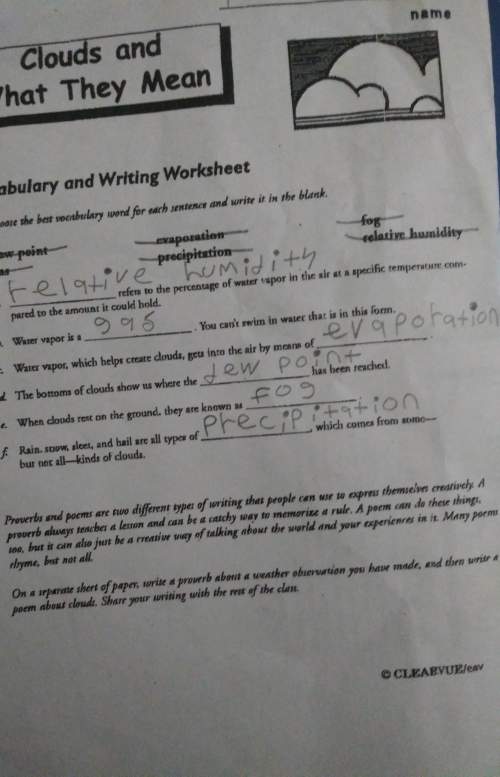
Physics, 17.09.2019 21:00 dijonmckenzie3
Assuming the object begins its motion from rest, and at an initial height h from the surface of the earth: a) calculate the velocity of the object as a function of time using the laplace transform approach. b) does the object reach a terminal velocity? if so, what is this terminal velocity? note that the terminal velocity is the (constant) velocity reached after a sufficiently large time. c) compare the solution obtained for velocity in a) with the solution for the case where b = 0 (free fall under gravity without friction). provide rough sketches of the solutions for both cases.

Answers: 2


Another question on Physics

Physics, 22.06.2019 00:00
1134567 a jet with mass m = 1.1 ă— 105 kg jet accelerates down the runway for takeoff at 2 m/s2. 1) what is the net horizontal force on the airplane as it accelerates for takeoff? 2.2*10^5 n your submissions: 2.2*10^5 computed value: 220000submitted: saturday, january 26 at 2: 41 pm feedback: correct! 2) what is the net vertical force on the airplane as it accelerates for takeoff? 0 n your submissions: 0 computed value: 0submitted: saturday, january 26 at 2: 41 pm feedback: correct! 3) once off the ground, the plane climbs upward for 20 seconds. during this time, the vertical speed increases from zero to 21 m/s, while the horizontal speed increases from 80 m/s to 95 m/s. what is the net horizontal force on the airplane as it climbs upward? n 4) what is the net vertical force on the airplane as it climbs upward? n 5) after reaching cruising altitude, the plane levels off, keeping the horizontal speed constant, but smoothly reducing the vertical speed to zero, in 13 seconds. what is the net horizontal force on the airplane as it levels off? n 6) what is the net vertical force on the airplane as it levels off?
Answers: 1

Physics, 22.06.2019 05:30
What are similarities and differences of reflection, refraction, diffraction and absorption?
Answers: 1

Physics, 22.06.2019 12:00
In an experiment, how can i change human errors? be specific.
Answers: 1

Physics, 22.06.2019 20:30
Aball is thrown from the top of a building with an initial velocity of 21.9 m/s straight upward, at an initial height of 51.6 m above the ground. the ball just misses the edge of the roof on its way down, as shown in the figure. (a) determine the time needed for the ball to reach its maximum height. (b) determine the maximum height. (c) determine the time needed for the ball to return to the height from which it was thrown, and the velocity of the ball at that instant. (d) determine the time needed for the ball to reach the ground. (e) determine the velocity and position of the ball at t = 5.35 s.
Answers: 1
You know the right answer?
Assuming the object begins its motion from rest, and at an initial height h from the surface of the...
Questions




Mathematics, 27.06.2019 06:30

Computers and Technology, 27.06.2019 06:30


Physics, 27.06.2019 06:30







Mathematics, 27.06.2019 06:30


Mathematics, 27.06.2019 06:30








